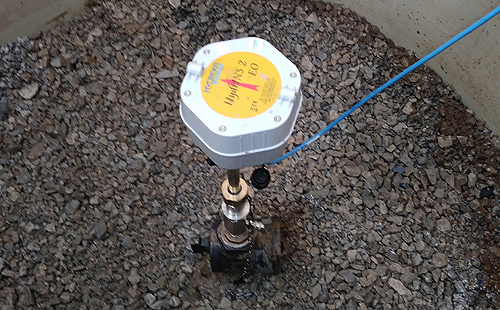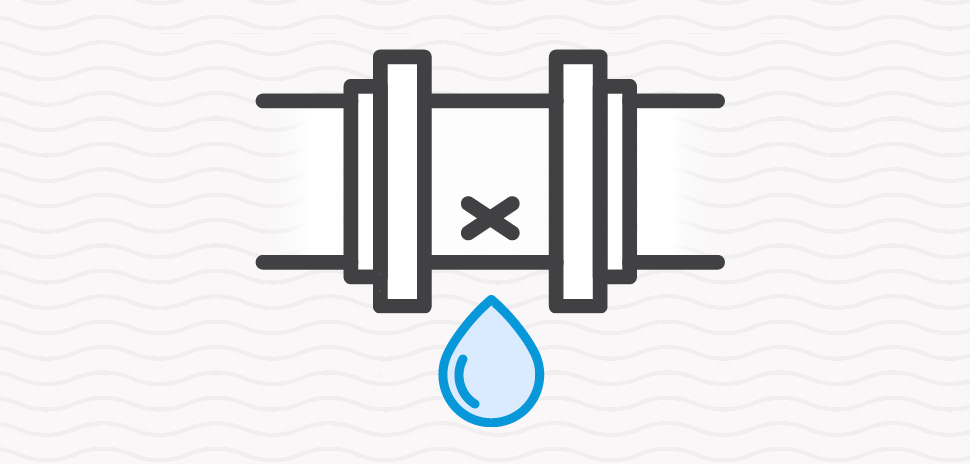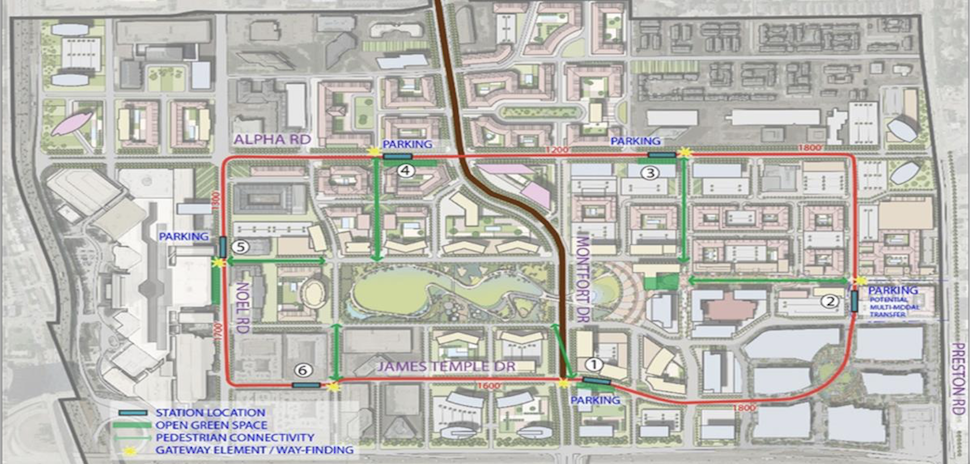Sometimes water leaks are a drip, drip, drip, and sometimes they’re a steady stream. When that leak is in a city water pipe, it can result in a catastrophic collapse and an expensive loss of money and resources for city residents.
To combat water loss from pipe leaks, the city of Arlington Water Utilities has begun a district metering pilot program it believes could result in big savings. It’s one more tool in a technology arsenal that the city uses to combat water loss.

Buzz Pishkur
Developed in England, district metering involves installing a large meter where water enters a defined area such as a neighborhood.
“This is a high level way of identifying potential leaks long before they may surface or worse cause a road or other structure to collapse.”
Buzz Pishkur
“District metering allows us to measure water demand in a given area. AMI metering then allows us to effortlessly measure the amount of water being metered in that area and make a comparison,” Arlington Water Utilities Director Buzz Pishkur said. “This is a high level way of identifying potential leaks long before they may surface or worse cause a road or other structure to collapse.”
Pishkur said that estimating water loss and the pressure impacts of leaks or main breaks is challenging.
The district meter measures the flow and pressure and utility officials can compare that to data from individual home and business meters to determine if water is entering the pipe, but not making it to the homes and businesses.
“Our leak detection specialist’s work may make that a more exact science,” he said.

The district meter is inserted directly into the water pipe. [Photo courtesy of Arlington Water Utilities]
Here’s how it works:
The insertion meter is placed directly into the pipe to measure water flow. Workers drill a hole in the pipe and install a connection fitting that the meter is installed through.
How is that different that a home water meter?
“It’s different from a house meter in that the water passes through the house meter and this meter is inserted into the flow,” Assistant Director for Operations Darryl Westbrook said.
Once the meter is installed in the pipe, it communicates remotely to the city in a similar fashion to the Advance Metering Infrastructure meters that the city has installed at houses in about the half the city. The department receives both pressure and flow data from the district meter, while an AMI meter strictly provides flow data.
DATA FROM METER CAN HELP PINPOINT A LEAK
By knowing how much water passed by the district meter and comparing that data to the information on water that actually made it to home meters, officials can determine where a pipe leak may have occurred.
The district meters cost $5,000 to $6,000 each, but the company that manufactures them, Matchpoint, has installed the fist two without charge as part of the pilot program, the city said.
“The purpose of the pilot is to test their feasibility for our purposes of leak detection,” Westbrook said. “If we do purchase meters going forward, they would be part of the normal budgeting process and we would seek grant funding where available.”
“The purpose of the pilot is to test their feasibility for our purposes of leak detection.”
Darryl Westbrook
Ric Owens, Arlington’s leak detection specialist, said that Arlington is the only city in Texas currently testing the district meter in this manner.
Owens has been using advanced leak detection for years, and was the first in the nation to use such innovations from the Israeli company Aquarius Spectrum such as acoustic loggers that utilize advance acoustic technology to locate leaks, and a product called iQuarius, which is a sensor that can survey such things as water meters, fire hydrants, and valves.
When it comes to leak detection, the technology works.
In October, the first month of fiscal year 2018, the city said Owens located two leaks near Six Flags Drive and Texas 360 that, combined, were allowing 10 million gallons a month to escape. In both cases, the escaping water was funneling into a storm drain and may have gone unnoticed for months, the city said.
![]()
Get on the list.
Sign up to keep your eye on what’s new and next in Dallas-Fort Worth, every day.


































































